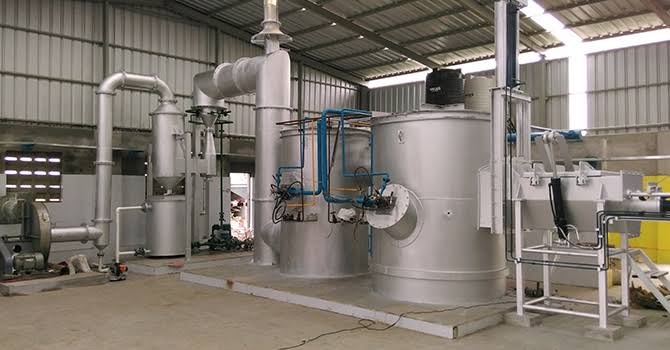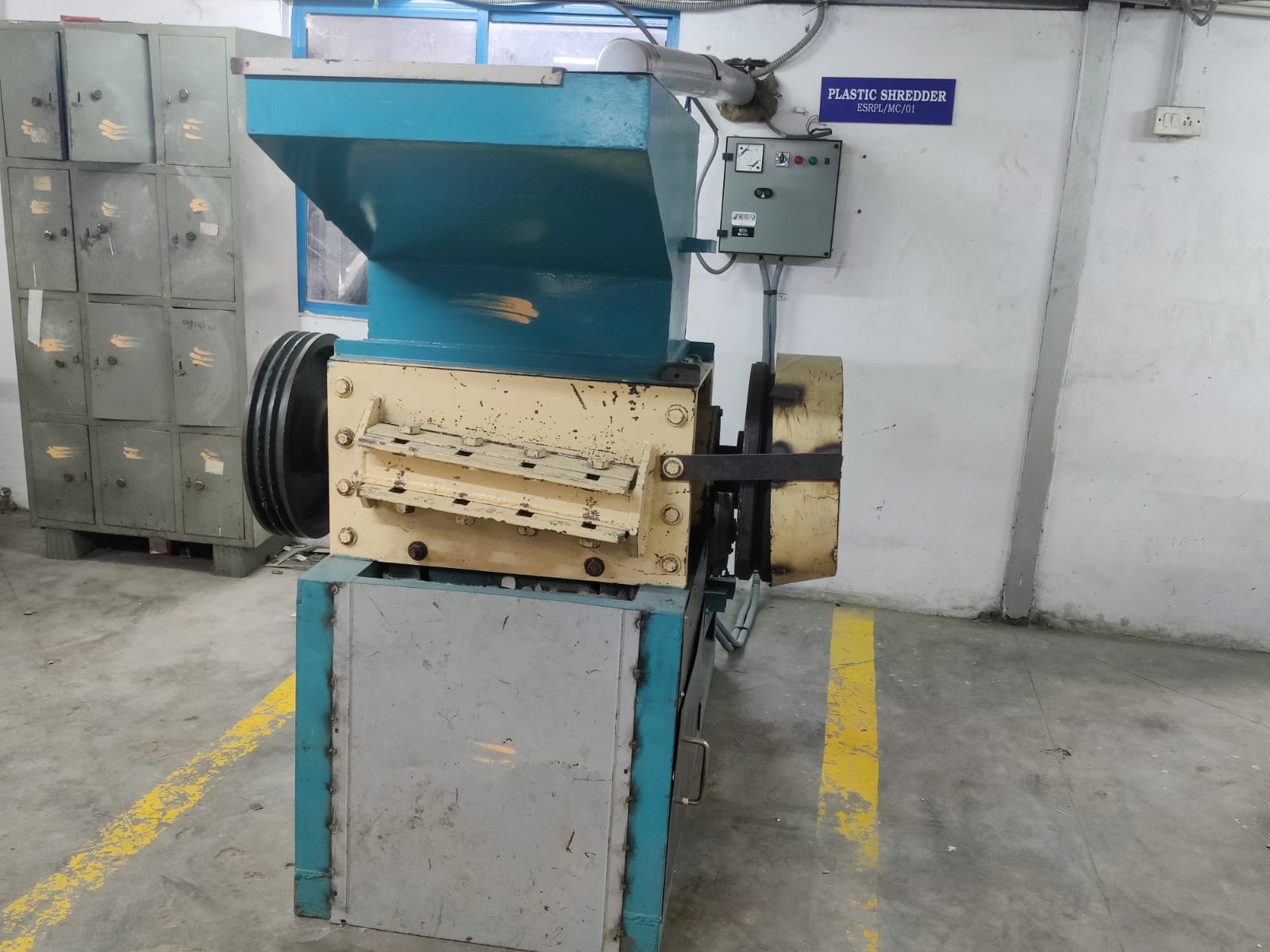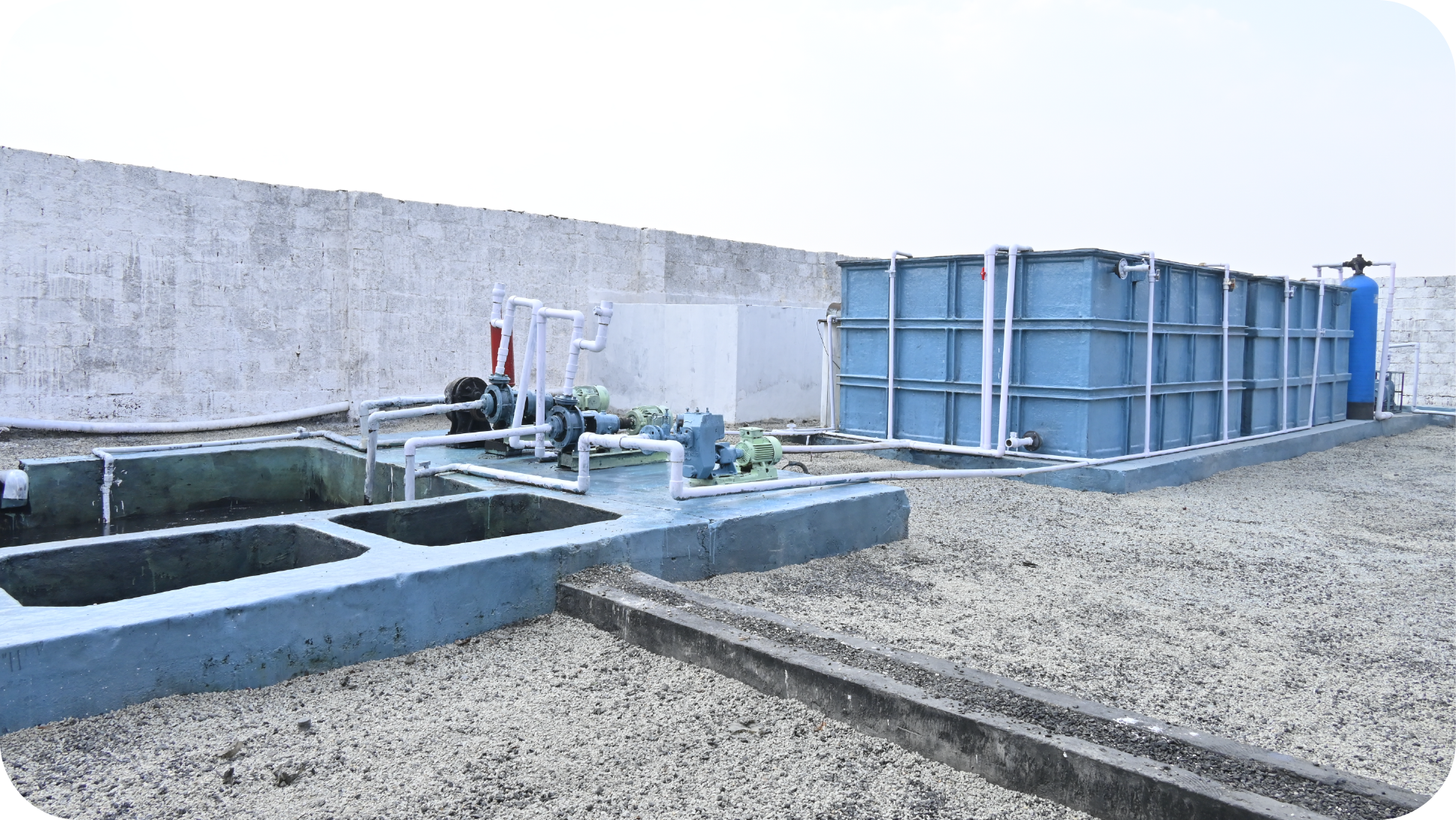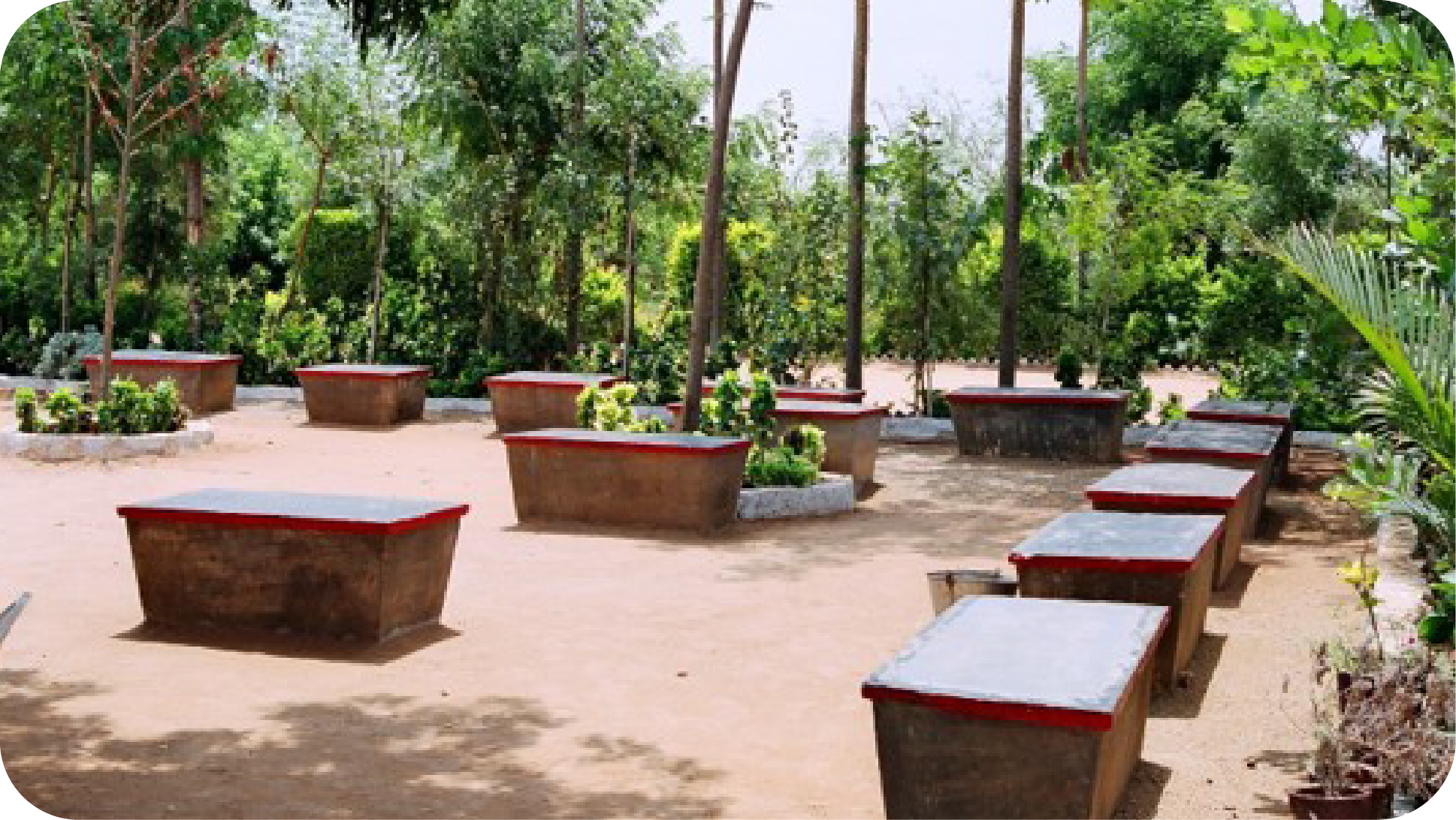BIOMEDICAL WASTE CATEGORIES AND ITS TREATMENT OPTIONS:
We have various treatment method which are specified in Schedule I of the Biomedical Waste Management Rules and the best technology prescribed in the CBWTDF guidelines of Central Pollution Control Board (CPCB) of India.
SEGREGATION AT SOURCE
.png)
The different categories of wastes identified are to be segregated in color coded bags as prescribed in Schedule I of Bio Medical Waste Management Rules 2016. The color coded bags are to be affixed with QR codes to track the waste from the place of its generation till it reaches the final destination for the treatment and safe/scientific disposal.
COLLECTION

Our vehicles collect the Bio-Medical Waste from the affiliated Healthcare Establishments on daily basis. The waste generated by the HCE’s are treated and disposed within 48 hours of its generation. The HCE’s are to pool the segregated bio medical waste to a common final collection point located in their premises from where it is finally picked up.
TRANSPORTATION

We have specially designed vehicles and the vehicle has a crew comprising of 3 persons namely, truck supervisor, driver and picker. The picker in the vehicle picks up the waste that is QR coded at source and provides details to the Truck Supervisor. The Truck Supervisor produces a collection slip to the institution on the quantity of waste collected for the day. The available 2 duplicate copies are handed over to GJM office for records. All the vehicles are fixed with the GPS tracking system so that the tracking of vehicles becomes very easy. End of the day the collected waste is taken to the plant for treatment, recycling and for final disposal.
TREATMENT & DISPOSAL PROCESS
GJM collects from all its affiliated health care institutions segregated bio medical waste on a daily basis and disposes it at the facility after proper treatment. Specially designed vehicles are used for collection from the institutions.
INCINERATION

The bio medical waste collected in the yellow bags is for incineration. In the incineration process, a temperature of 800 degree C +/- 50 degree C will be attained in the primary chamber and 1050 degree C +/- 50 degree C in the secondary chamber respectively. At these temperature levels, the incinerable wastes will be completely burnt and the gases will be emitted in the air after going through a cleaning process using advanced pollution control devices through 30 m chimney.
The residual ash generated due to the incineration process is collected from the bottom of the incinerators periodically and sent for secured landfill. The waste incinerated is reduced to 5% in the form of ash. The temperature attained during incineration is automatically recorded and the combustion efficiency, flue gas generated will be measured by the separate analyzer and the same is being attached with the online monitoring system developed by CPCB. In this way GJ Multiclave ensures the emissions are fully controlled within the limits and records of the same are uploaded to the prescribed authorities online for their monitoring purpose.
AUTOCLAVING
.png)
The non incinerable bio medical wastes, collected in red bags and Puncture Proof Containers (PPC’s) are subjected to steam sterilization using vacuum autoclave. In this process, the bio medical wastes will be completely disinfected and decontaminated. The vacuum autoclave will reach a temperature of 121 degree C and a pressure of 1.5 Kg/cm2.
The operating cycle of each batch will be 45 minutes. The autoclave will also have automatic data recording instruments so that the temperatures and other relevant information will be available on line and recorded for future reference.
SHREDDING

After autoclaving the sterilized items have to be shredded to pieces to avoid reuse. The shredded pieces will be sent for recycling.
The amount generated by recycling of this autoclaved and shredded waste is utilized for the welfare of the workers in the factory and to develop the green belt around the facility.
VEHICLE WASH

The vehicles used for bio medical waste transportation are disinfected after each and every collection. The vehicles will be washed with water mixed with chemical disinfectant with the help of pressure hoses. A separate vehicle wash area with cement platform of suitable size has been provided for this purpose. The water that flows from this process will be collected through channels and sent to the Effluent Treatment Plant (ETP) for further treatment.
EFFLUENT TREATMENT PLANT

We have a full-fledged Effluent Treatment Plant (ETP) conforming to the Pollution Control Board norms. The waste water generated during the process of Incineration, Autoclaving, Vehicle washing, Floor washing etc are collected in the collection tank and put through treatment process. The effluent water from vehicle wash area is passed through an Oil Trap Tank to filter the oil and grease collected and then passed to the collection tank. The effluent in the collection tank is pumped to the primary settling tank of the ETP and chemical dosing (Alum and Poly Electrolyte) is given for settling the sludge. The water is then passed to the secondary settling tank through tube settlers. The sludge is collected at the bottom of these tanks. The clear water is collected in the Clarified Water Tank and dosed with Sodium Hypo Chlorite solution for disinfection and then pumped into the Pressurized Sand Filter and then to the Activated Carbon Filter. The filtered water is then used for gardening and floor wash. The sludge collected at the bottom of the settling tanks is emptied into a sludge drying pit. The dried sludge is then collected and disposed in the secured landfill. The water from sludge drying pit is collected in a collection sump and then again pumped to collection tank for further treatment.
DISPOSAL OF ASH & SLUDGE.
The ash generated during incineration process is being collected in barrels and later sent to the Total Solid waste Disposal Facility (TSDF) for safe and secure land fill.
DISPOSAL OF METAL SHARPS

The metal sharps after autoclaving are collected and stored. Once a sizable quantity is collected, it is being encapsulated into bricks and then used for construction purpose.
RECORD MAINTENANCE
Each vehicle based on the collection slip data records the total waste collected in terms of numbers and records in a daily truck report. The truck report is sent to the factory along with the transfer station vehicle.
Each category of waste unloaded from each vehicle is weighed and recorded by the factory supervisors. Based on these data, a log is maintained on the different kinds of waste received by the plant, treated and disposed. The details are then compiled at the end of the year and presented to the Pollution Control Board in the form of annual report.